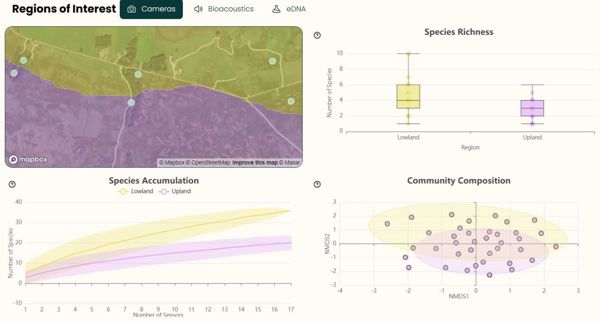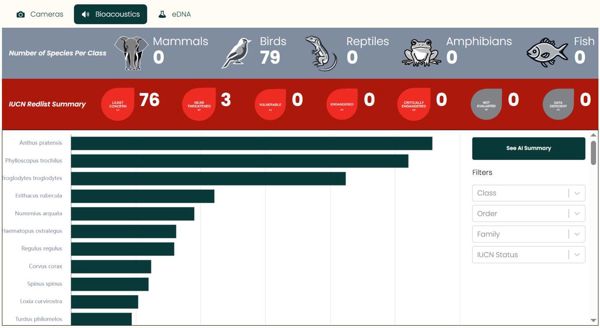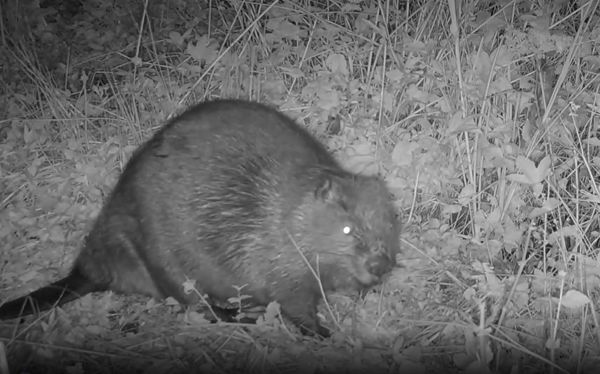At the Wildlife Estates Scotland (WES) annual assembly, one of the most thought-provoking discussions came from NatureScot’s suggestion that WES-accredited estates could be recognised as Other Effective area-based Conservation Measures (OECMs).
OECMs are a global conservation tool aimed at helping countries achieve the 30x30 target – a key commitment under the Kunming-Montreal Global Biodiversity Framework, which seeks to ensure 30% of land and sea is effectively conserved by 2030.
These formulas and accreditations are more than mere letters and numbers – deciding which designations to adopt, and how to monitor, them carry big implications for farming, nature and biodiversity.
While it’s encouraging to see WES estates being considered part of this solution, I believe there are two significant challenges with this approach.

First, the 30% target is intended to represent the most important areas for biodiversity, where conservation is the primary management objective. In contrast, WES recognises good land management across a wide range of land uses – from farmland to grouse moors – based on a sustainability framework. If WES sites qualify as OECMs, why not begin with more established environmental accreditations, such as UK Woodland Assurance Standard (UKWAS) certified forestry?
Second, official conservation designation often reduces a property's flexibility and economic value. If WES were seen as a path to formal international designation, it could actively discourage landowners from participating: the opposite of what’s intended.

Rather than repurposing WES into a conservation designation, a more positive approach could be for NatureScot to work with WES, UKWAS, Nature Friendly Farming and other accreditations, to demonstrate that the other 70% of Scotland is being actively managed for regenerative production: delivering environmental outcomes while maintaining productive, viable land use.
We should celebrate and support land managers improving biodiversity within working landscapes. Misclassifying their efforts as formal conservation designations could be detrimental to estate businesses, to regenerative production, and ultimately to biodiversity.

- Natural Capital: Galbraith’s expert advisers guide our clients in realising value in all land uses – by assessing and measuring natural assets, furthering opportunities in biodiversity net gain, and ensuring stakeholders are rewarded fully for their investment in and contribution to delivering ecosystem services and net-zero outcomes.

